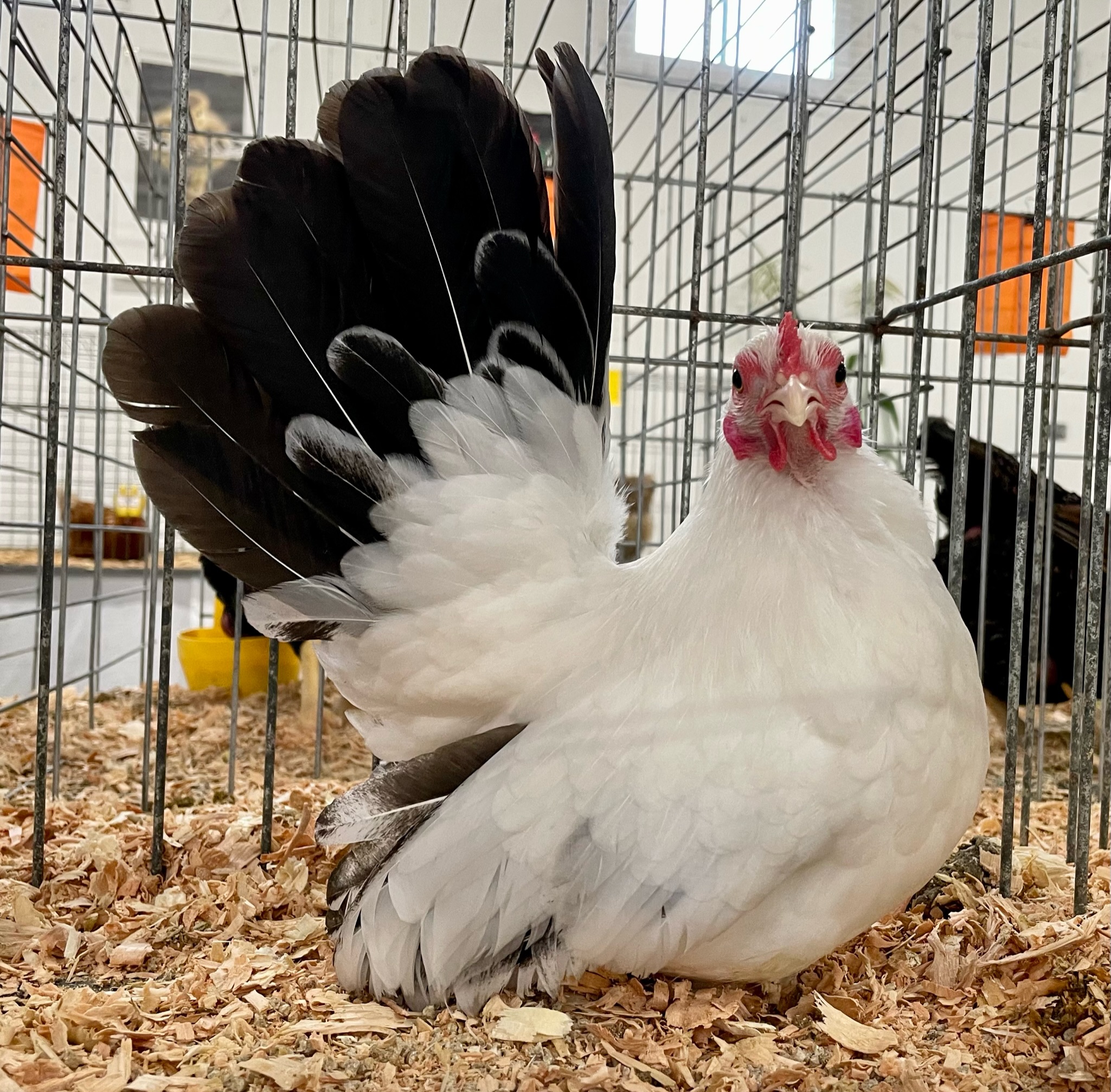Biosecurity Introduction
This article on biosecurity is an excerpt from the Small Flock Poultry Health Manual published by the Province of B.C. Ministry of Agriculture. The full manual can be accessed by clicking here.
What is Biosecurity?
There is a myriad of microorganisms and parasites that are constantly looking for a host to infect. Some of these organisms, or pathogens, can cause serious disease in poultry. The results of these diseases, such as Infectious Laryngotracheitis (ILT), Avian Influenza (AI), or Mycoplasma gallisepticum (MG) include suffering of affected birds, loss of production, and mortality. But, before disease can happen, these disease–causing organisms must get into the flock, therefore, it is wise strategy to take measure to prevent their introduction into a flock. Biosecurity is a collection of procedures and rules that, when followed properly, will keep susceptible flocks protected from infectious pathogens.
How complicated is it?
Most elements of biosecurity are common sense, especially when the mechanism of disease transmission is understood. Fundamentally, a flock owner needs only to critically examine their own flock and premises and identify the places in which a pathogen might enter. Once those points are identified, it is an easy matter to put procedures in place to prevent the breach. Of course, all the rules in the world can be activated, but if the procedures are not properly executed, nothing will be gained. It is therefore important that everyone involved is
committed to the process.
What steps are involved?
There are many guides and articles being developed on biosecurity that will provide a good reference to establishing a plan. However, the main elements include:
1. Access management — reducing the risk of a pathogen from being carried into (or out of ) your farm and your bird holding area (barn, coop, or pasture). Some examples could include:
- Restrict entry of people and vehicles — parking vehicles outside the bird area
- Strict rules for visitors about hand washing and clean clothing and footwear before entering the bird area
- Do not share equipment with other bird owners
- Make sure that vehicles that must enter your bird area are clean
2. Health management — measures taken to ensure good health and might include:
- Purchase chicks, poults, or pullets from sources with known good health status that can produce health records
- Vaccinate against prevailing diseases
- Have good records of health issues and keep diagnostic reports for mortalities
- Avoid introducing new stock into existing flocks, but if doing this, have a secure isolation area to quarantine new birds for 30 days

3. Operational management — general management to support the health and well–being of your birds:
- Secure buildings with good air management
- Well-balanced, nutritious diet
- Good quality water
- Clean feeding and watering equipment
- Good mortality management
- Good manure management
- Good cleaning and disinfection practices
4. Know and understand the procedures
- Stay up to date on management and health issues
- Make sure everyone involved with the flock knows and understands the procedures and their rationale
How can you measure biosecurity?
Successful biosecurity practices are very difficult, if not impossible, to measure. Production may be improved if certain diseases are eliminated and kept out, but this can only be effectively measured in very large flocks. While one can easily observe absence of disease,
it is impossible to know that you have saved your flock from a disease by practicing good biosecurity. So, it comes down to trusting that you are doing the best for the health of your flock.
The Canadian Food Inspection Agency (CFIA) has published a Biosecurity Standard that provides goals that can apply to poultry flocks of any size. The Standard can be found on–line at the following link: http://www.inspection.gc.ca/english/anima/biosec/aviafse.shtml
More information on biosecurity can be found at the following websites:
Canadian Poultry Magazine Guide to Biosecurity:
http://www.canadianpoultrymag.com/images/stories/bio2009.pdf
